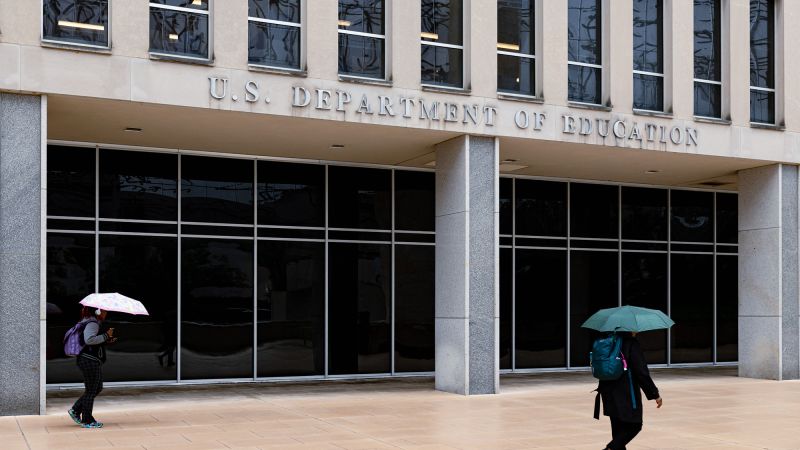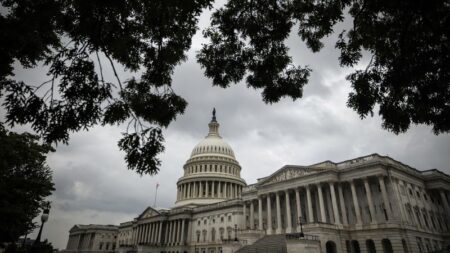The recent developments in the Department of Education have drawn significant attention, following a Supreme Court decision that allows President Donald Trump to implement mass layoffs within the agency. This announcement came on a Monday and has prompted the Department of Education to begin notifying its employees about potential job reductions. The Supreme Court’s ruling, which puts a previously issued lower court’s pause on hold, paves the way for these changes to proceed amidst ongoing legal battles.
Historically, Trump has expressed intentions to dismantle the Department of Education since his second term began, aiming to fulfill promises made during his presidential campaign. The ramifications of disbanding or significantly reducing this department could be profound, affecting millions of Americans and their educational institutions. Created during the Carter administration, the Department of Education’s mandate includes the allocation of federal funds to various educational programs, oversight of federal financial aid for college students, and enforcement of civil rights laws, including provisions for students with disabilities.
It is critical to note that many federal funding initiatives for K-12 education, particularly targeted at aiding low-income families and children with disabilities, predate the establishment of the Department. Trump has suggested that even if the Department were to be dissolved, some of its funding programs could be reassigned to other federal agencies. In a recent announcement, the Department of Education shared plans for the Department of Labor to absorb adult education and family literacy programs, reflecting a broader restructuring strategy.
In addition, plans to transfer student loan oversight to the Small Business Administration and delegate special education services to the Department of Health and Human Services have been proposed. These shifts raise concerns about the challenges that may arise for marginalized groups, particularly low-income, rural, and disabled students, as the Department of Education currently dispenses tens of billions of dollars in annual funding crucial for supporting these populations.
The Department’s key responsibilities include administering federal finances designated by Congress for K-12 educational institutions and managing federal student loan and financial aid programs. Two primary funding programs—Title I, which aims to bolster the education of low-income students, and the Individuals with Disabilities Education Act (IDEA), which supports the educational needs of students with disabilities—are critical to the Department’s operations. Annually, over $18 billion is allocated via Title I grants, benefiting approximately 26 million low-income students across the nation.
Despite the potential dismantling of the Department of Education, it is essential to clarify that curriculum decisions remain within the jurisdiction of state and local authorities, meaning the fundamental structure of what is taught in schools may remain unaffected. However, the Office for Civil Rights within the Department, which plays a vital role in protecting students against discrimination and ensuring civil rights compliance in educational settings, has already faced significant staffing reductions. Employees report grave concerns about their ability to manage claims effectively due to these cuts.
As Trump moves forward with his agenda, earlier attempts to initiate mass layoffs were met with legal obstacles. Lower courts had previously ruled against his actions, noting that the Department was created by Congress and, therefore, should not easily be dissolved. On the campaign trail for the 2024 presidential election, Trump has consistently labeled the Department as an example of government overreach, promising to eliminate it entirely and stating his intention to “drain the government education swamp.”
Despite such fervent promises, Trump’s legal counsel clarified to the Supreme Court that the intent was not to abolish the Department altogether, but rather to reduce its workforce while still allowing it to fulfill its mandated responsibilities. This nuanced approach underscores the complexities surrounding the current situation within the Department of Education and the potential implications for educational policy and funding in the United States. The narratives unfolding around these developments are crucial for understanding both the immediate and long-term consequences of such governmental actions.
In conclusion, the unfolding situation in the Department of Education serves as a significant indicator of broader themes surrounding education policy, governmental regulation, and the fight for civil rights in schools. As the legal and administrative challenges continue, the implications for educators, students, and families across the nation remain a critical point of discussion and concern.











